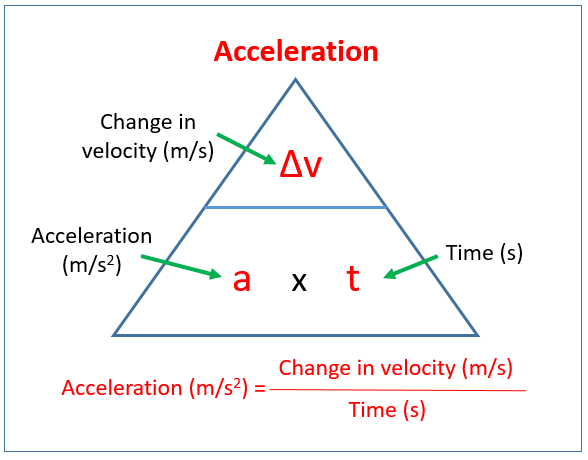Glory Explain Acceleration With An Example

The acceleration just decreased because my rate of change in speed decreased but my speed is still increasing.
Explain acceleration with an example. Given The velocity is uniform therefore the initial and final velocities are equal and is given as V. Constant acceleration indicates that an objects acceleration rate was constant in its motion. If that car slows down its acceleration is negative.
The quicker the turns the greater the acceleration. With negligible air resistance explain acceleration due to gravity as an example of uniformly changing velocity. The acceleration of an object is often measured using a device known as an accelerometer.
Bus moving or leaving from the bus stop is an example of non-uniform acceleration. Free falling of an object is an example of uniform acceleration. Like velocity acceleration can be measured by an objects average acceleration the average amount of acceleration over a period of time or its instantaneous acceleration its acceleration rate in one instant.
The vertical axis represents the acceleration of the object. To be specific acceleration is defined to be the rate of change of the velocity. AnswerThe definition of acceleration is a change in the rate of motion speed or action.
The acceleration due to gravity is ALWAYS negative. When an object is travelling with an increase in velocity but not at the equal intervals of time is known as non-uniform acceleration. For example if a car turns a corner at constant speed it is accelerating because its direction is changing.
Thus this object has a positive acceleration. What will be the acceleration of an object which moves with uniform velocity. The above equation says that the acceleration is equal to the difference between the initial and final velocities divided by the time it took for the velocity to change from to.












